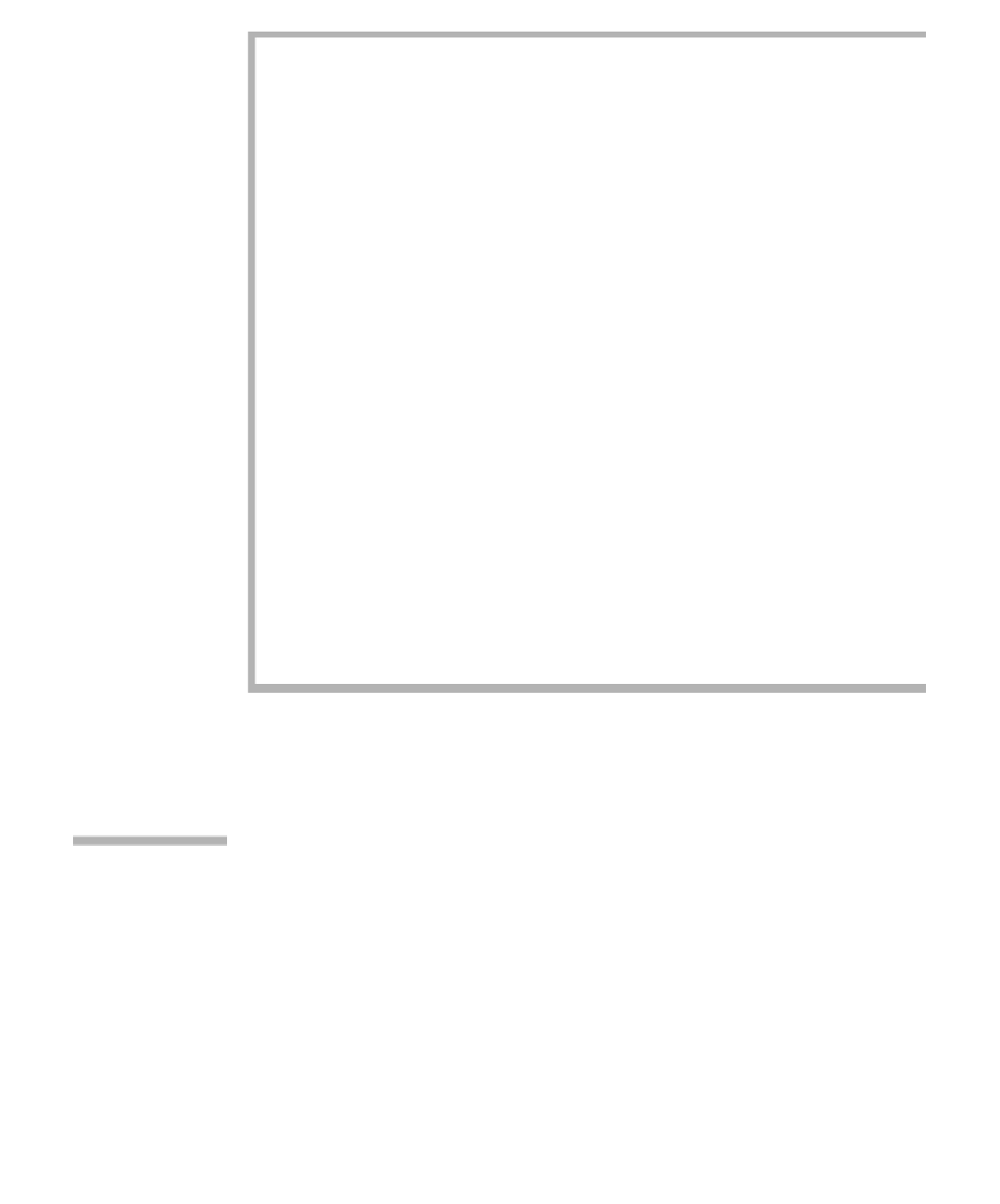Java Reference
In-Depth Information
1
/**
2
* Return the winner in the Josephus problem.
3
* Linked list implementation.
4
* (Can replace with ArrayList or TreeSet).
5
*/
6
public static int josephus( int people, int passes )
7
{
8
Collection<Integer> theList = new LinkedList<Integer>( );
9
10
// Construct the list
11
for( int i = 1; i <= people; i++ )
12
theList.add( i );
13
14
// Play the game;
15
Iterator<Integer> itr = theList.iterator( );
16
while( people-- != 1 )
17
{
18
for( int i = 0; i <= passes; i++ )
19
{
20
if( !itr.hasNext( ) )
21
itr = theList.iterator( );
22
23
itr.next( );
24
}
25
itr.remove( );
26
}
27
28
itr = theList.iterator( );
29
30
return itr.next( );
31
}
figure 13.2
Linked list
implementation of the
Josephus problem
Applying this calculation to Figure 13.1, we observe that
M
is 1,
N
is ini-
tially 5, and
P
is initially 1. So the new value of
P
is 2. After the deletion,
N
drops to 4, but we are still at position 2, as part (b) of the figure suggests. The
next value of
P
is 3, also shown in part (b), so the third element in the list is
deleted and
N
falls to 3. The next value of
P
is 4 mod 3, or 1, so we are back at
the first player in the remaining list, as shown in part (c). This player is
removed and
N
becomes 2. At this point, we add
M
to
P
, obtaining 2. Because
2 mod 2 is 0, we set
P
to player
N
, and thus the last player in the list is the one
that is removed. This action agrees with part (d). After the removal,
N
is 1 and
we are done.
All we need then is a data structure that efficiently supports the
findKth
operation. The
findKth
operation returns the
k
th (smallest) item, for any
The calculation is
tricky because of
the circle.


Search WWH ::

Custom Search